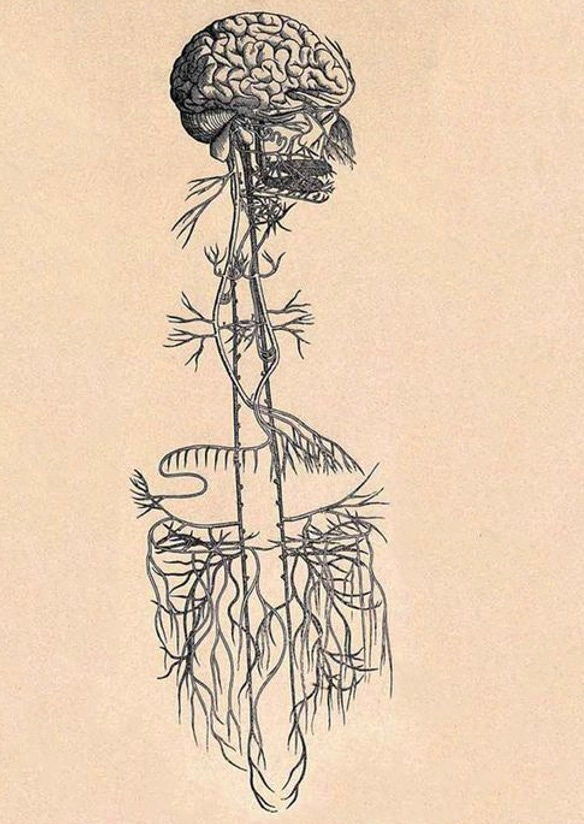Third Random Thing I Love: Learning
A series intended to distract us all with some randomness, humor, and wonder!
This is the third post in a weeklong series intended to be a distraction from the seriousness of the week. (Regular content will return next week.) While my creative bent shows up in much of my other writing, this week I am giving it free rein.

Third Random Thing I Love: Learning
I firmly believe that we are born with everything we need to be who we are meant to be and fulfill our particular path in making this world a better place. That doesn’t always occur for many reasons, but the potential is available. When I think about what I have accomplished in the past few years, I realize that it could never have happened without this one thing: I love to learn.
My love for learning plays out in many different ways:
If my husband asks me what I want to watch, I say a documentary 95% of the time. (Poor guy!)
If I go to the library for a book, I will most likely go to the historical fiction section.
I have never seen a historical marker that I didn’t stop at —or wish I could.
I appreciate children’s informational books because they have just enough information to answer my questions and use understandable explanations.
One of the best weeks I ever spent was while staying in a family’s basement during my doctoral work and reading the research on the development of mathematical thinking in infants.
My love of learning prepared me well to dive into every accessible resource to understand trauma. What I learned is embedded in all four of my books, but essential in writing Trauma in the Pews.
Along the way, I learned about so many interesting things! Take for instance the vagus nerve or the “wandering nerve” depicted in this 15th-century woodcut.
This wandering nerve was first recorded by Galen, a Roman physician and anatomist, who recognized its role in breathing and other bodily functions. During the Middle Ages, there was limited advancement in anatomical understanding due to restrictions on dissection. In the Renaissance when the dissection of human cadavers became more common, the name “vagus nerve” (Latin for wandering) was popularized as anatomists recognized how it extended throughout the body.
“With advancements in imaging and neurology, scientists now understand the vagus nerve as essential to the autonomic nervous system, connecting the brain to major organs and playing a crucial role in emotional and physical health. Recent discoveries have emphasized its role in regulating inflammation, stress responses, and mental health, leading to therapeutic techniques like vagus nerve stimulation for treating conditions such as epilepsy and depression.”
We have incredible amounts of knowledge available at our fingertips, so much so that it is easy to forget that what we know came in small pieces over many centuries—as a result of people who were insatiable learners.
The vagus nerve is what regulates our nervous system. Breathing deeply through your nose and then exhaling slowly through your mouth is one way to activate the vagus nerve. In other words, sighing is how your nervous system tries to reset.
I may have shared this before, but this is a group study I did for our church during the pandemic—you may need this today! You can access the PDF here.
The best way to learn more about the impact of trauma on our nervous systems is to watch this video!
Trauma and the Nervous System: A Polyvagal Perspective
Go here for more information on the vagus nerve.
Thanks for spending time with me and my seven things this week. I will be back with #4 tomorrow!



